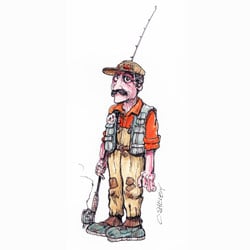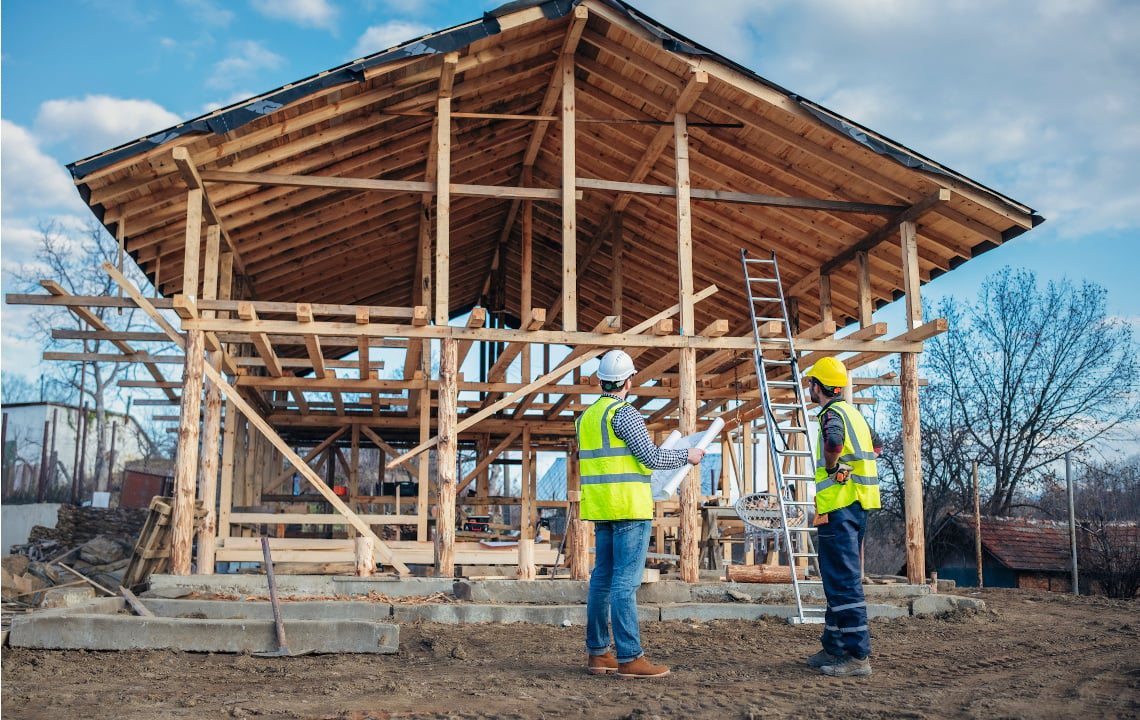New to managing a forest on your rural land? We asked the Director of Forestry and Regulatory Affairs for the FL Forestry Association about the best local and national resources available for private land owners (many of which are free!) to help you get started.
Trees are a crop that can take decades to harvest. Even if your goal is not commercial, let’s say you want to improve the habitat for wildlife or aesthetics, leaving timber untouched may not be the best approach to achieving your goals.
In the Southeast, the majority of timber land is privately owned.
The USDA Forest Service estimates that two-thirds of southern forests are owned by individuals and families.
So if you own timberland and are wondering where to start, you are not alone.
Laura Bosworth is the Director of Forestry and Regulatory Affairs for the Florida Forestry Association. Their members include a wide range of professionals who touch the forestry industry, whether it’s consultants, contractors or environmental associations. She admitted they routinely get calls asking this question.
“We tend to get people beginning their journey in managing their forest,” says Laura. “I always tell them their first stop should be contacting the county forester in their area.”
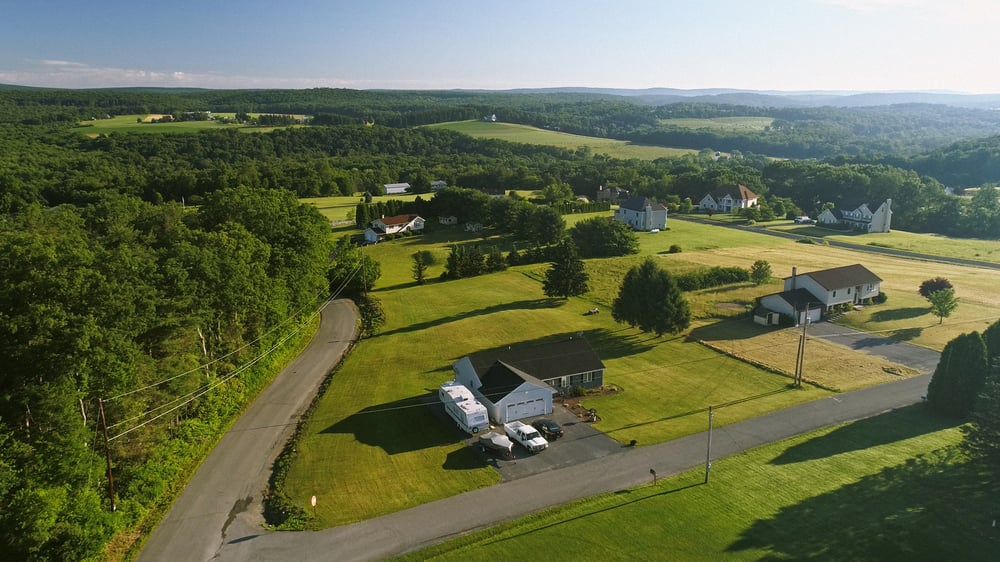
Each state has a Forestry Commission with professional foresters who assist private landowners in forestry management.
For example, in South Carolina, the Forestry Commission website explains that their forester will examine your forest land and write a management plan tailored to your property. The plan will include recommendations on how to accomplish the work and often guide you to sources of funding. In addition, this work is done free of charge.
The importance of a management plan customized for your objectives and site will become evident once you start the process. Your objectives for the timber can be as wide ranging as optimizing aesthetics to providing income for retirement. Also, each site has specific attributes preventing a “one size fits all” approach.
A number of professionals are available in the industry to assist as well. Often, this management plan will advise you on when to involve them or the county forester can make suggestions on when to get them involved.
Generally, these professionals fit into two groups as described by Laura.
“Consultants can be hired to oversee jobs and offer advice on harvest or thinning,” says Laura. These individuals can manage the project for you in many cases.
“Contractors actually get in and do the work,” she adds. So if you need planting, harvesting or thinning done, these are probably the experts you will involve.
A number of other resources are available as well.
For example, university extension offices often have stewardship workshops that are a good place to get started. Also, many of them produce publications that can answer specific questions regarding your management objectives.
Laura also mentioned a number of conservation organizations that may partner with you depending upon your objectives.
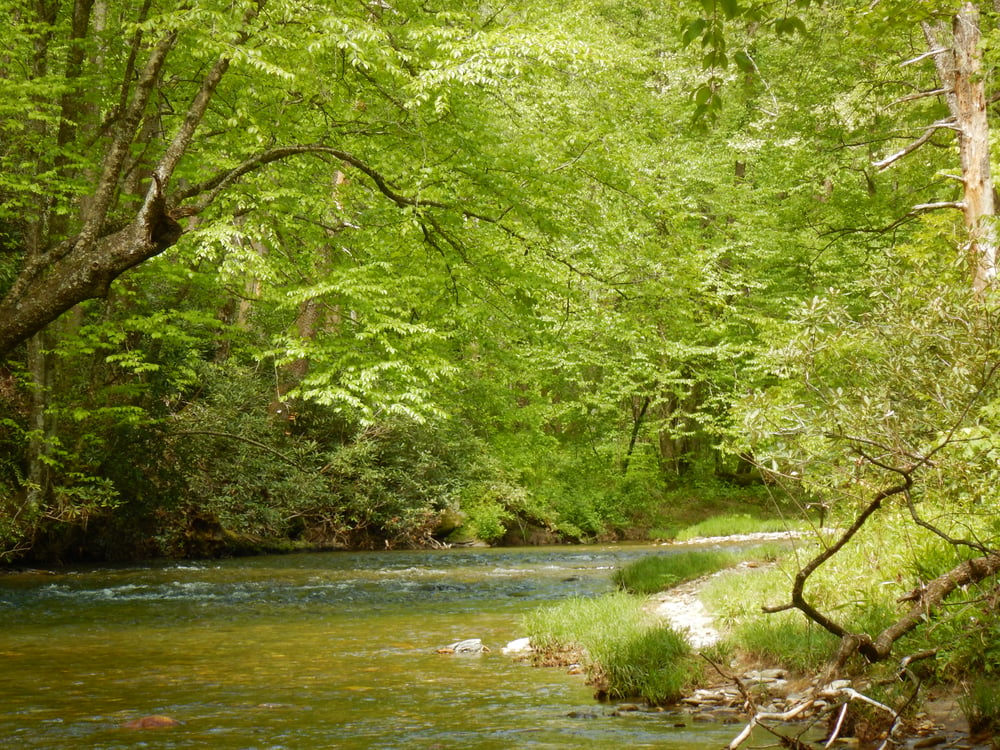
For instance, The Longleaf Alliance was created in 1995 to help coordinate a partnership between private landowners, forest industries and others to manage and restore longleaf pine forests.
They accomplish this through research, outreach, and support of landowners. Part of their assistance is by connecting landowners with government agencies that offer cost-sharing programs for timber management.
Depending upon your goals, a number of other organizations may be able to assist.
These can include groups like The Nature Conservancy, an environmental organization with broad conservation goals, or even your state wildlife commission if your interest leans toward wildlife habitat improvement.
Concerns about funding some of this management should not be a deterrent in developing a management plan.
Besides recommendations from your county forester for funding, federal funding may be available through the EQIP program.
EQIP is the abbreviation for the Environmental Quality Incentives Program administered by the USDA Natural Resources Conservation Service.
EQIP offers financial and technical assistance to address natural resource concerns and deliver environmental benefits, including improved water or air quality, reduced soil erosion or improved wildlife habitat. Non-industrial private forest operators are among those eligible.
One good document to get you started is “A Landowner’s Guide to Forestry in South Carolina” produced by the Sustainable Forestry Initiative (SFI).
In South Carolina, 74% of the forestry land is privately held and SFI prepared this document to help these landowners manage their land.
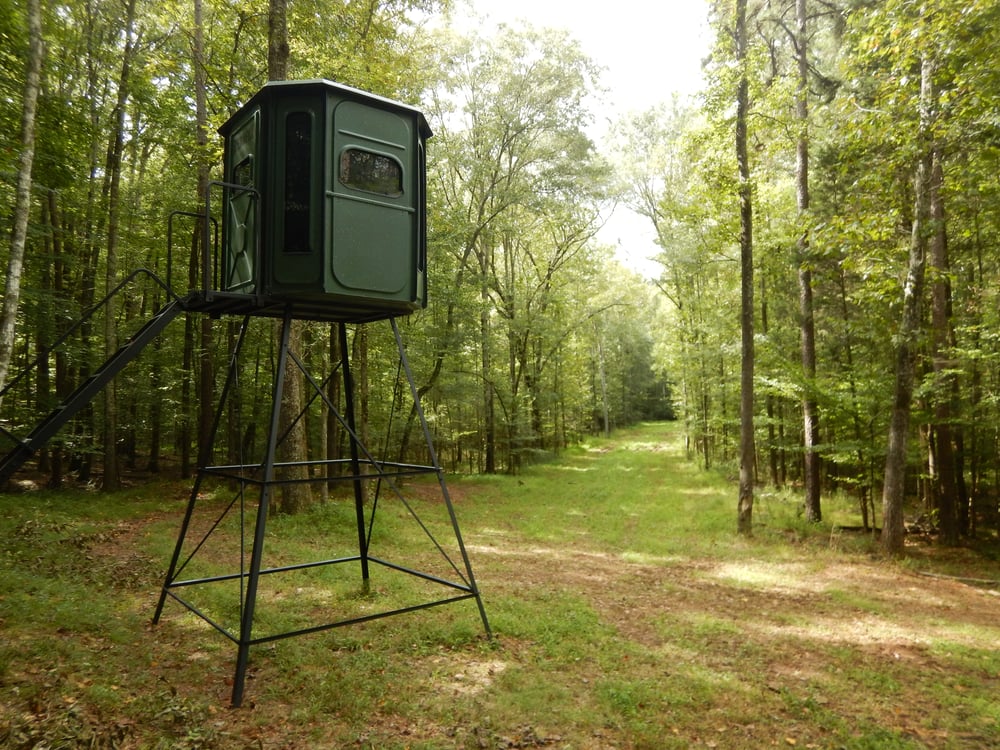
Perhaps the greatest challenge in managing your forest is letting too much time go by before actually starting.
“Landowners often let forests sit,” says Laura. “Often, they have reservations about taking that first step.”
With these resources, you can begin thinking about your management goals and engage with experts to develop your plans.
Whether it is for commercial, ecological, or aesthetic goals, expertise and resources are available to help.
Maybe the time has come to do a little reading, attend a workshop and call your county forester.



